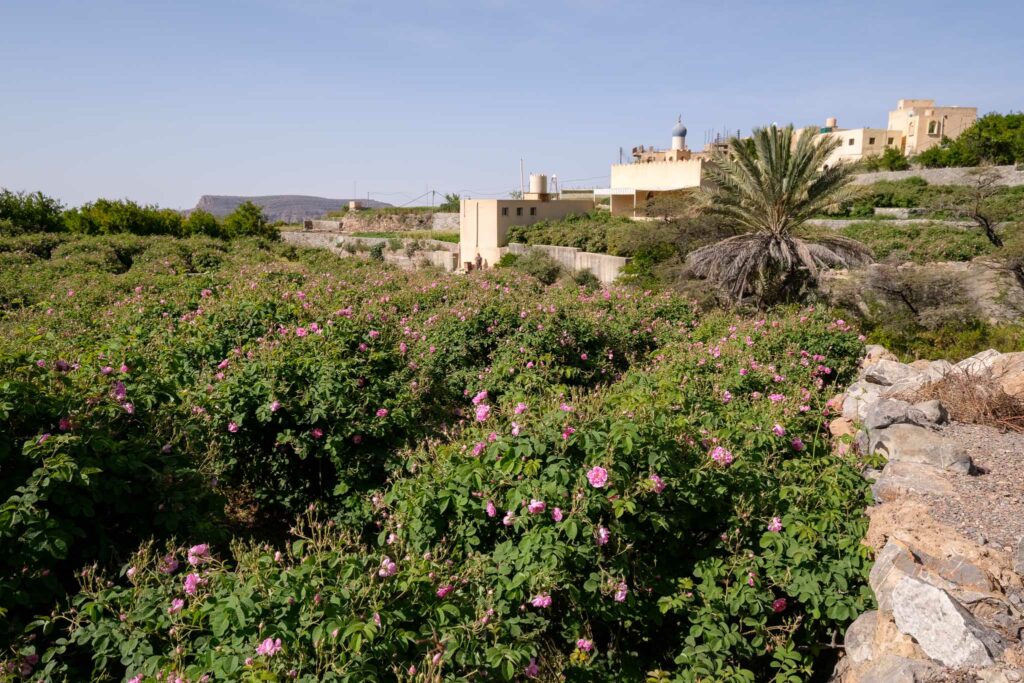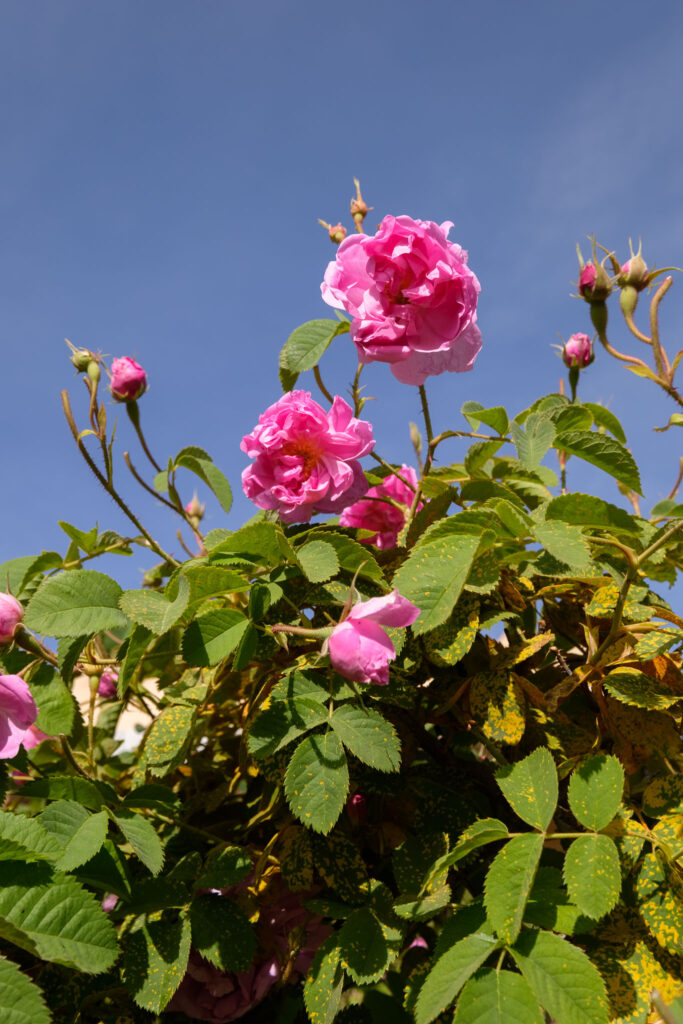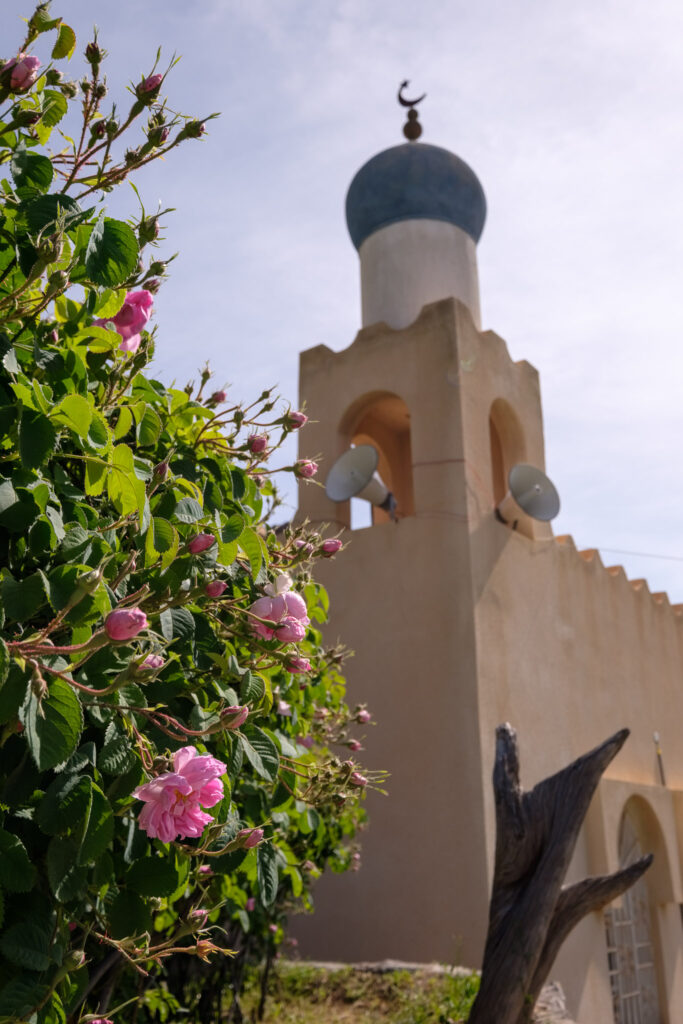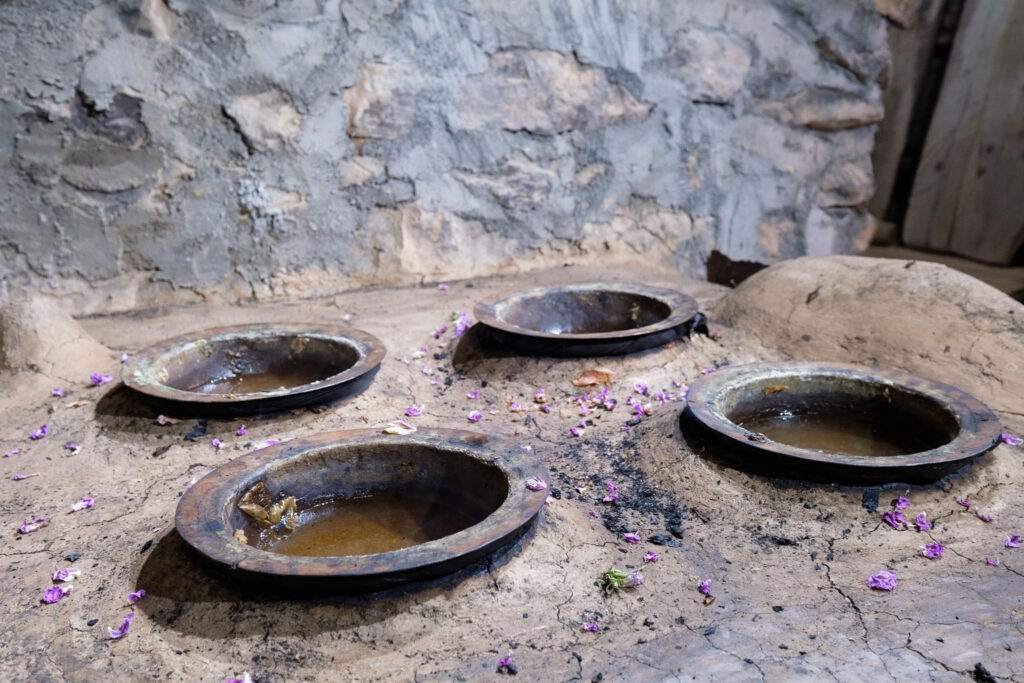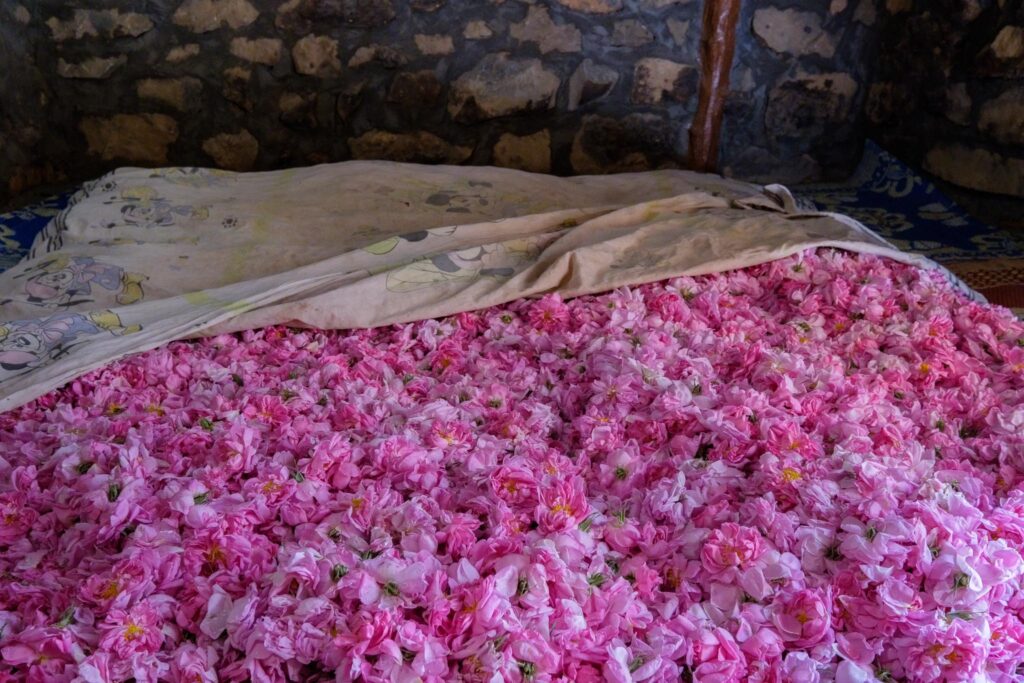I wrote about this area of Jebel Akhdar in a previous article, which you can find here:
I finished that article with the following sentence: “I plan to return during springtime, when the roses will be in bloom”. Between March and May, the indigenous abundant pink damask roses burst into full bloom, coloring the terraced gardens, and filling the air with a wonderful perfume. During this season, the harvested petals are distilled according to ancestral traditions, to extract varieties of pure rose water and oil. In mid-April I was able to return for a couple of days to experience the rose season.
I drove from Muscat to the town of Birkat Al Mawz, which is the entry gate into the Green Mountain. From there, the road climbs until it reaches the Sayq plateau, at an altitude of around 2,200m above sea-level. My plan was to camp in the Juniper Woods, a preserved area where very old trees grow; besides junipers (Juniperus seravschanica), these woodlands also harbor other species, like native wild olives. The junipers are high altitude trees, hardy and evergreen, but extremely slow growing. Some of the trees are about 3,000 years old, which is impressive. Driving along a gravel road, I traverse a sparse woodland, and after a few kilometers I find a nice camping spot in level terrain, surrounded by hills and large trees. I am at the northern edge of the plateau, where the mountains descend into deeply cut valleys; in the far distance, I can see the rugged peaks of the Gubrah bowl, where Wakan is located. Wakan is another favorite place of mine, as you can see for example here:
At this higher altitude, the cooler temperature and the relatively higher amount of rainfall have created the conditions for these beautiful trees to grow. Their trunks are twisted into themselves, and their roots are very long, often penetrating along the layers of rock. In recent years, the junipers have been threatened by climate change, human activity (their wood was normally used as firewood and medicine), and grazing (goats and donkeys). Hence, the creation of special preserved areas such as this one. I walk around the area until sunset, admiring the beautiful landscape, and taking lots of photos. For this trip I carried my usual Fujifilm X system kit, which consists of the 10-24mm f/4 and 50-140mm f/2.8 zoom lenses. These were supplemented by my “night sky lens”, the TTArtisans 10mm f/2.
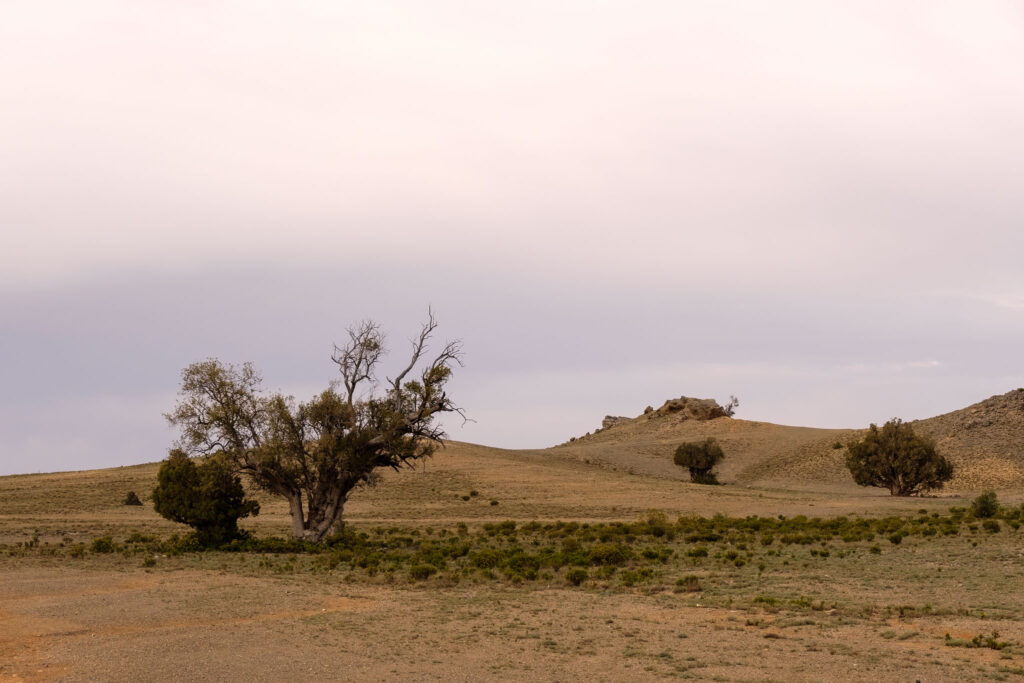
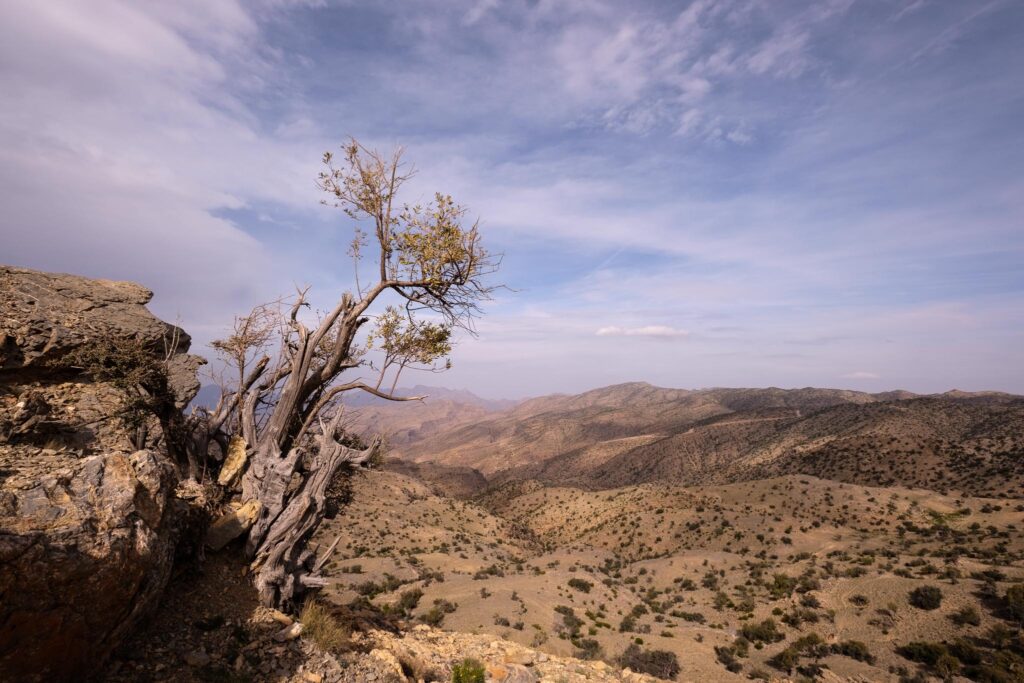
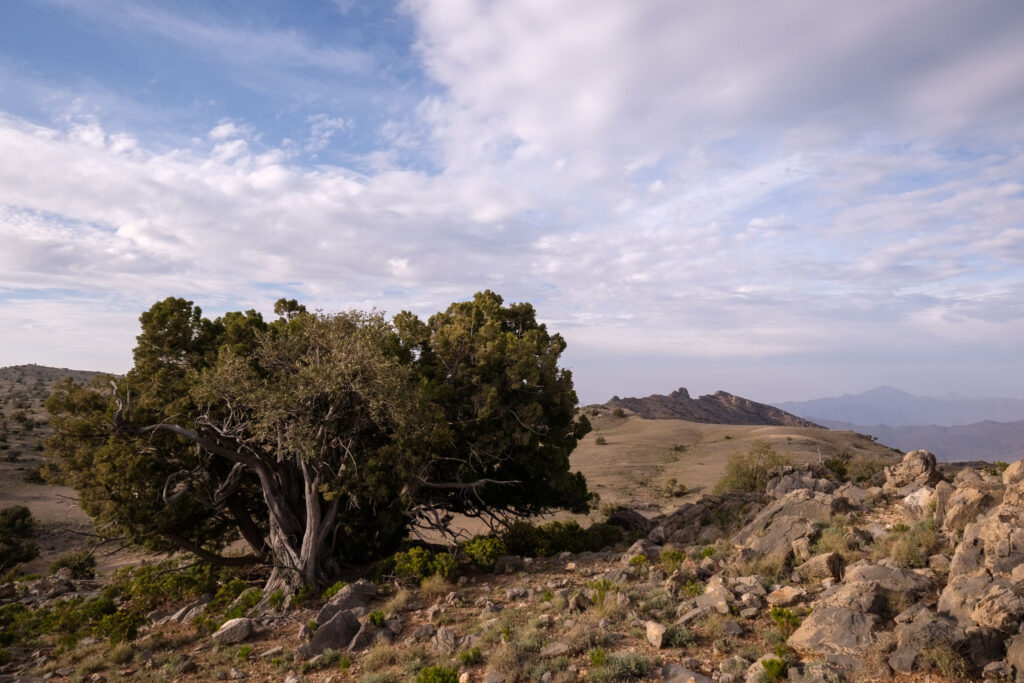
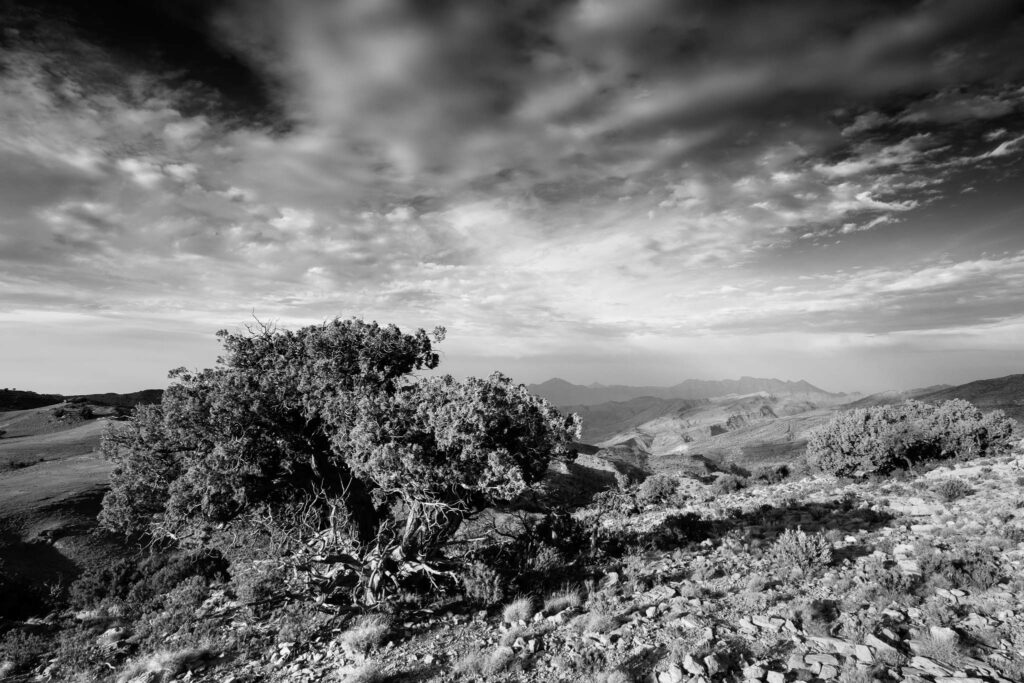
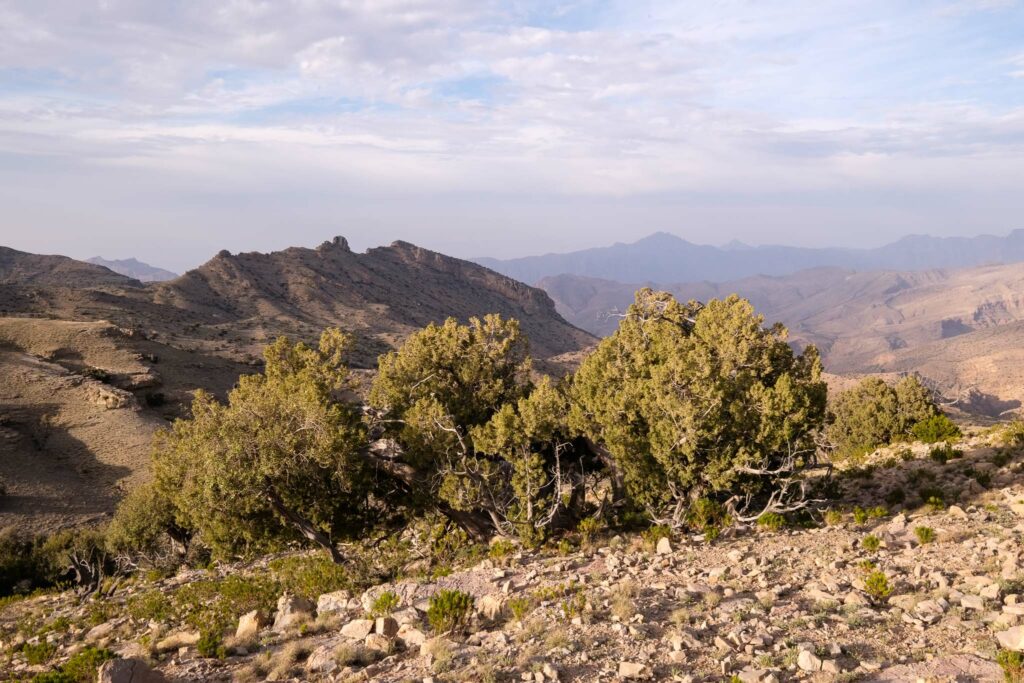
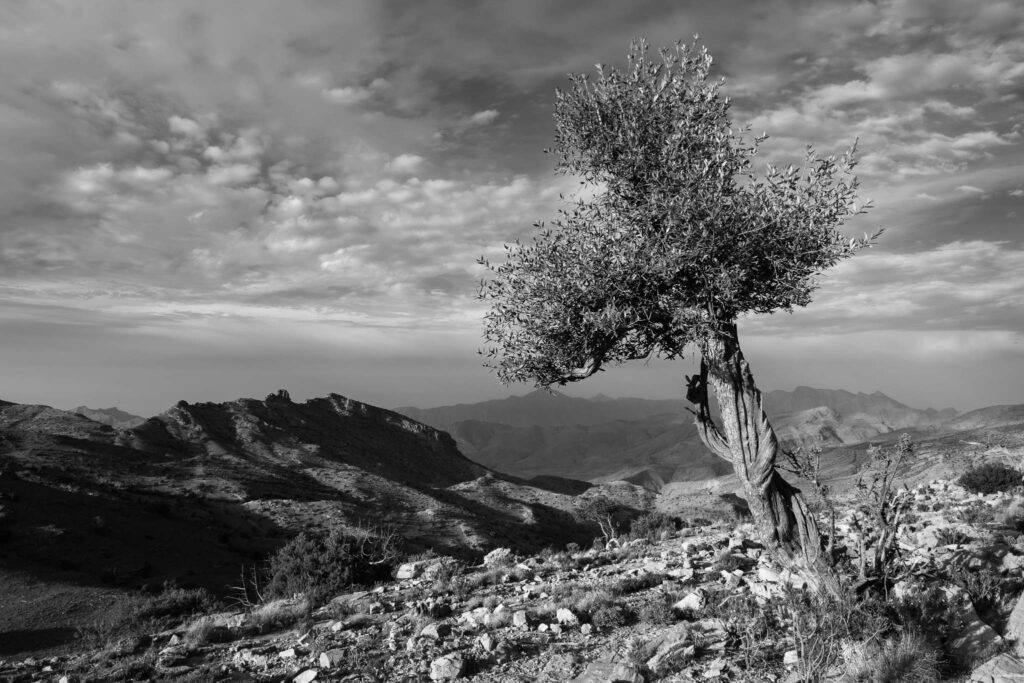
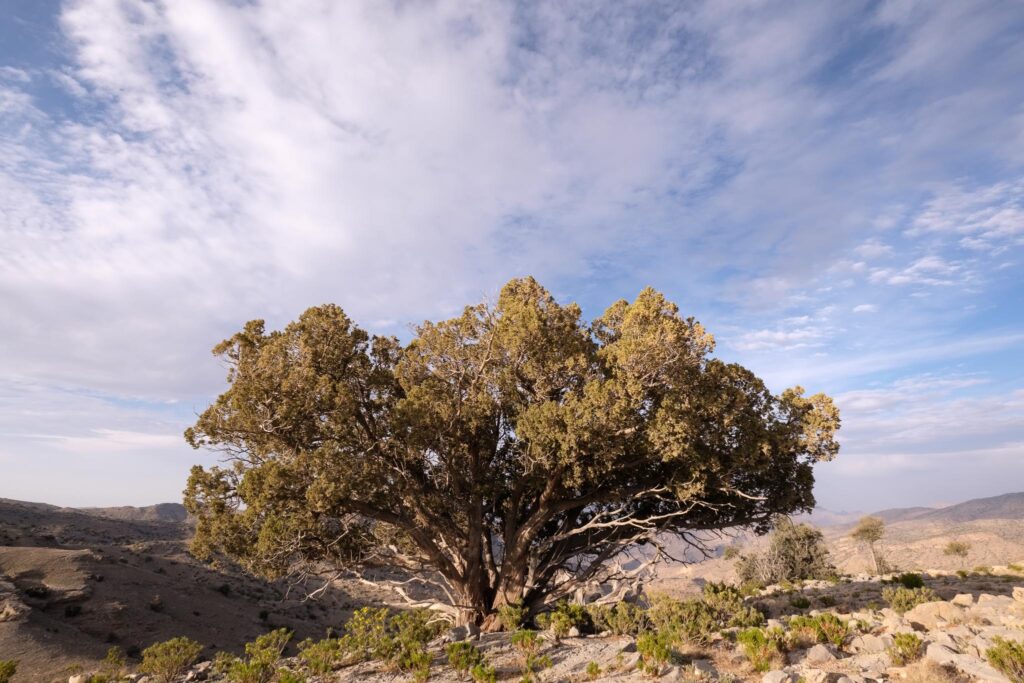
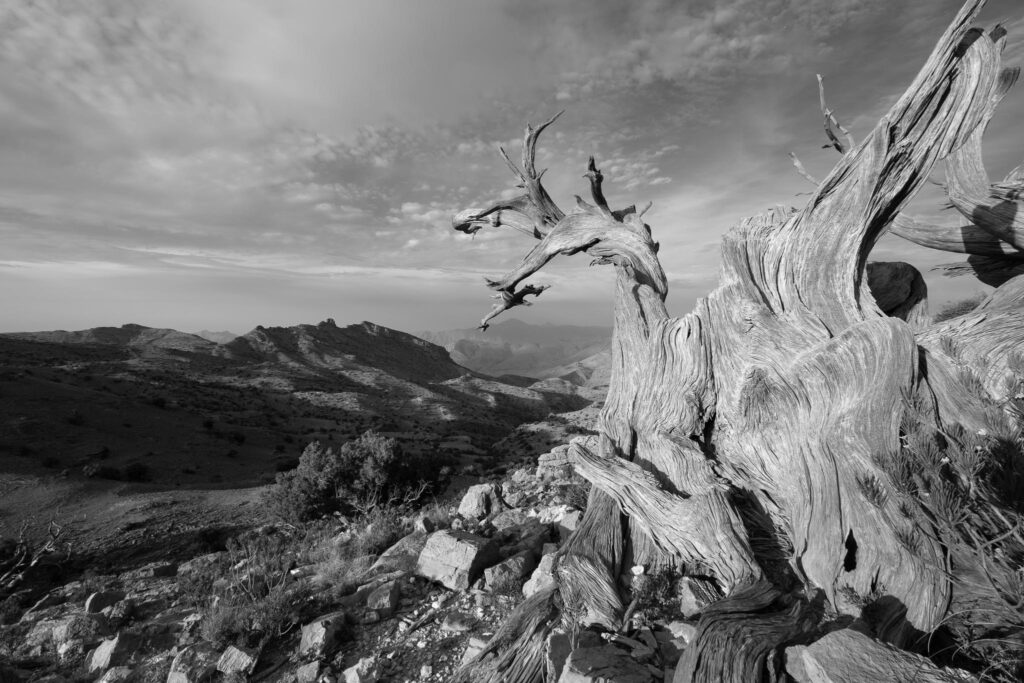
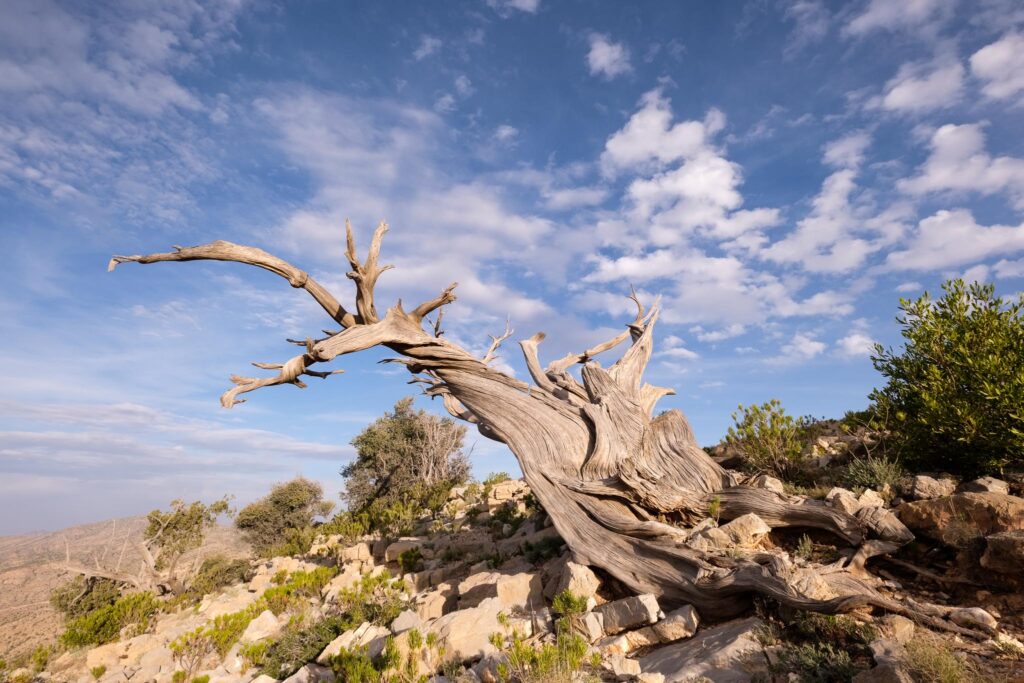
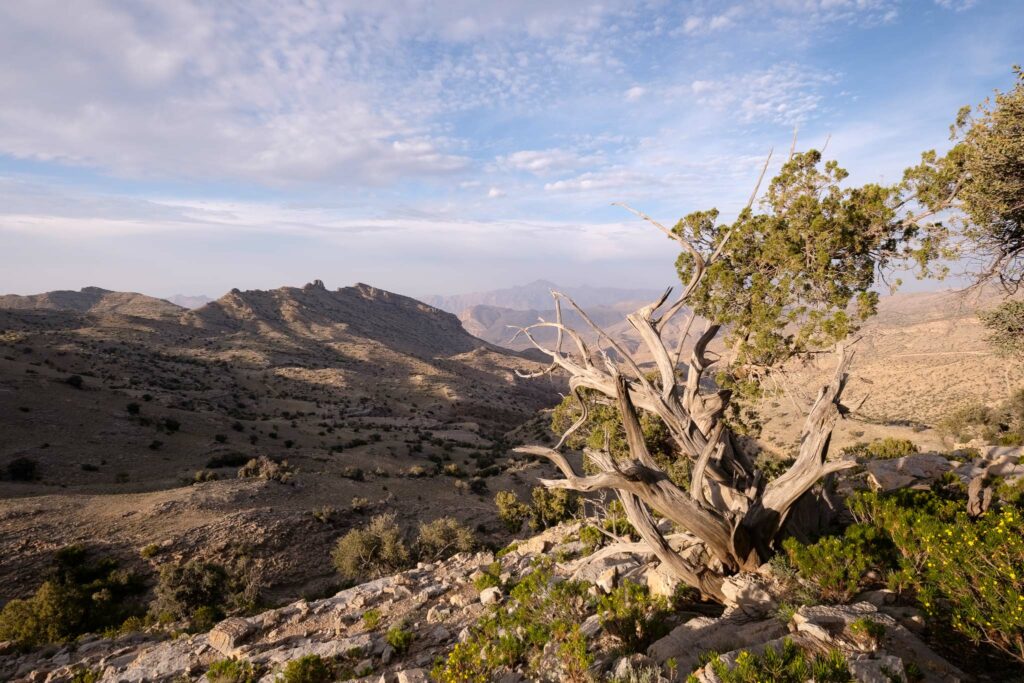
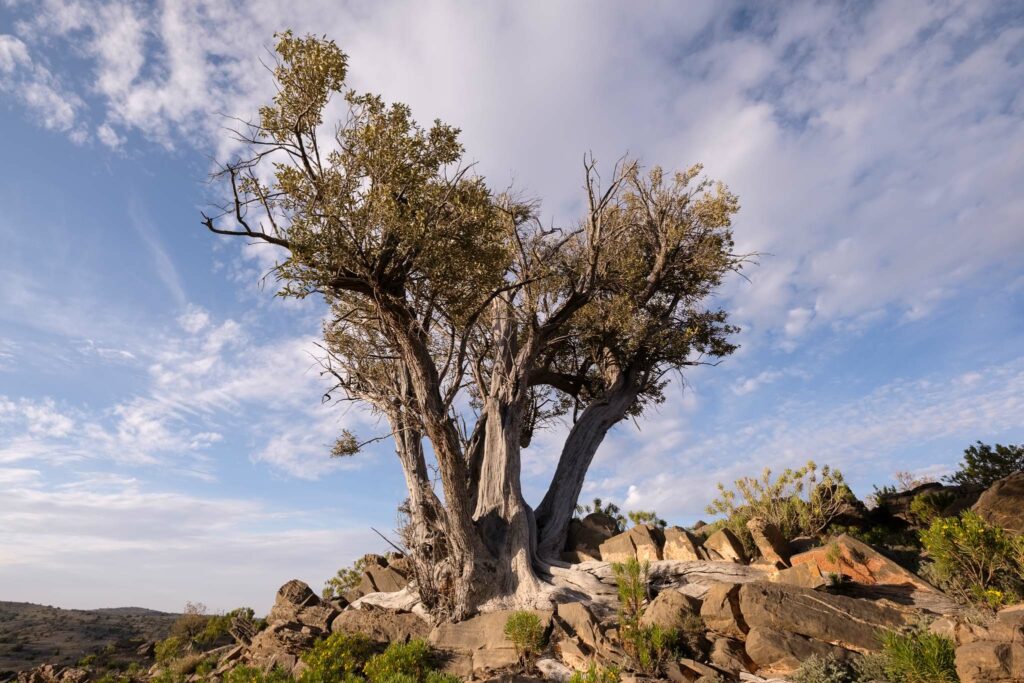
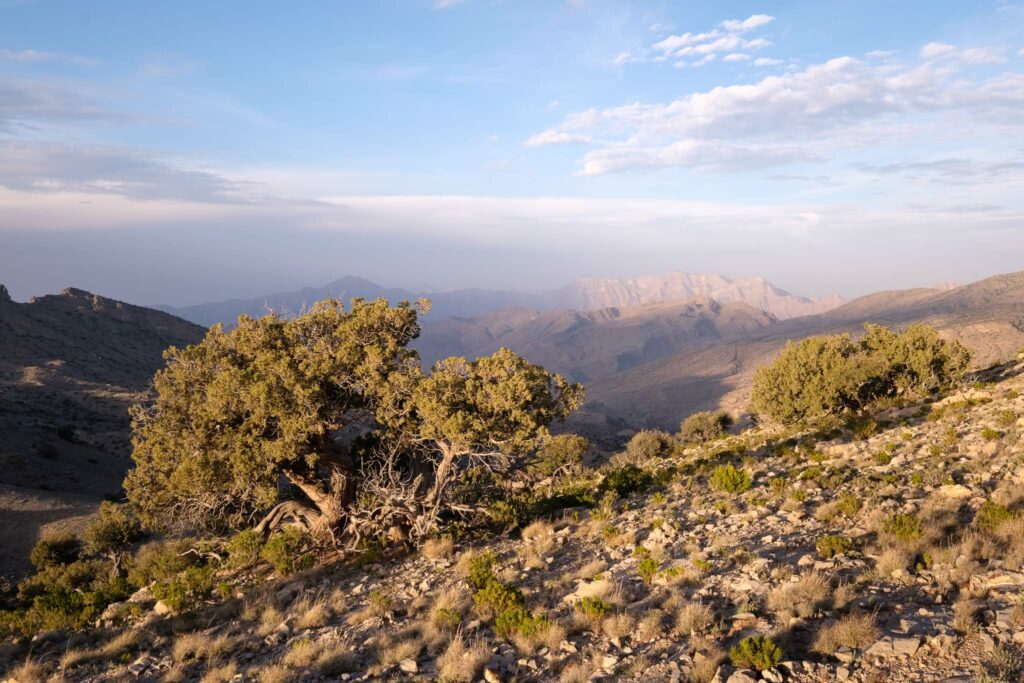
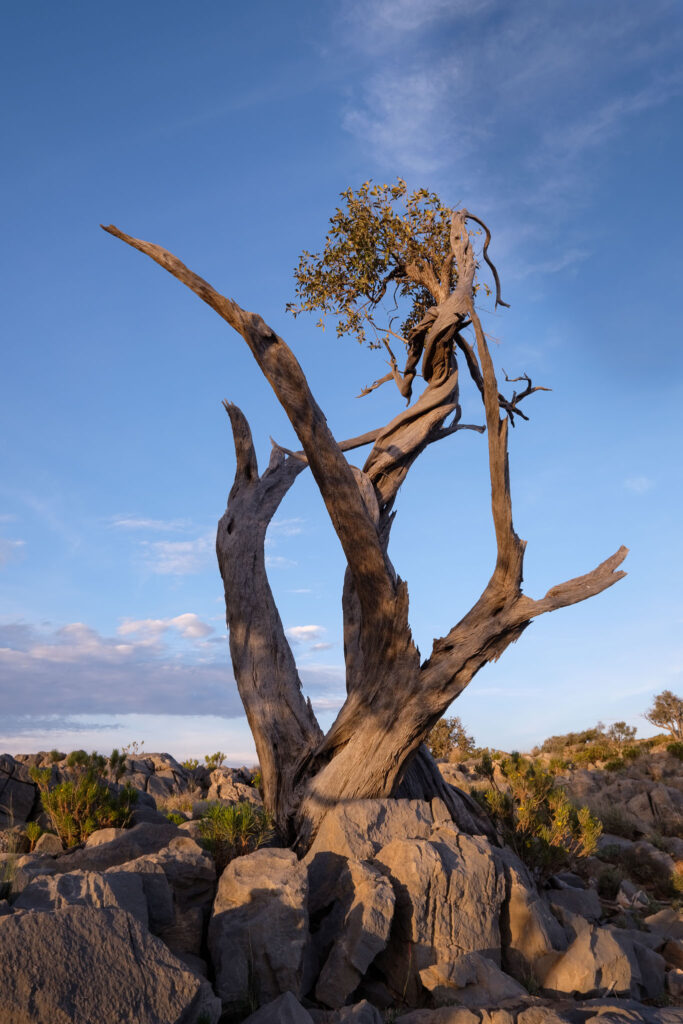
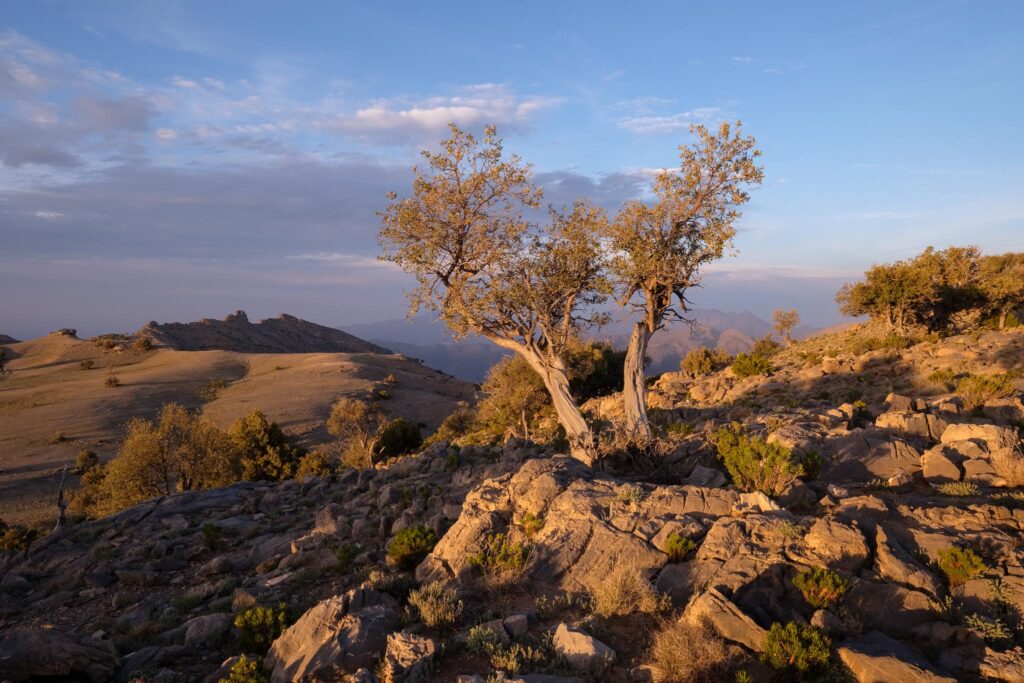
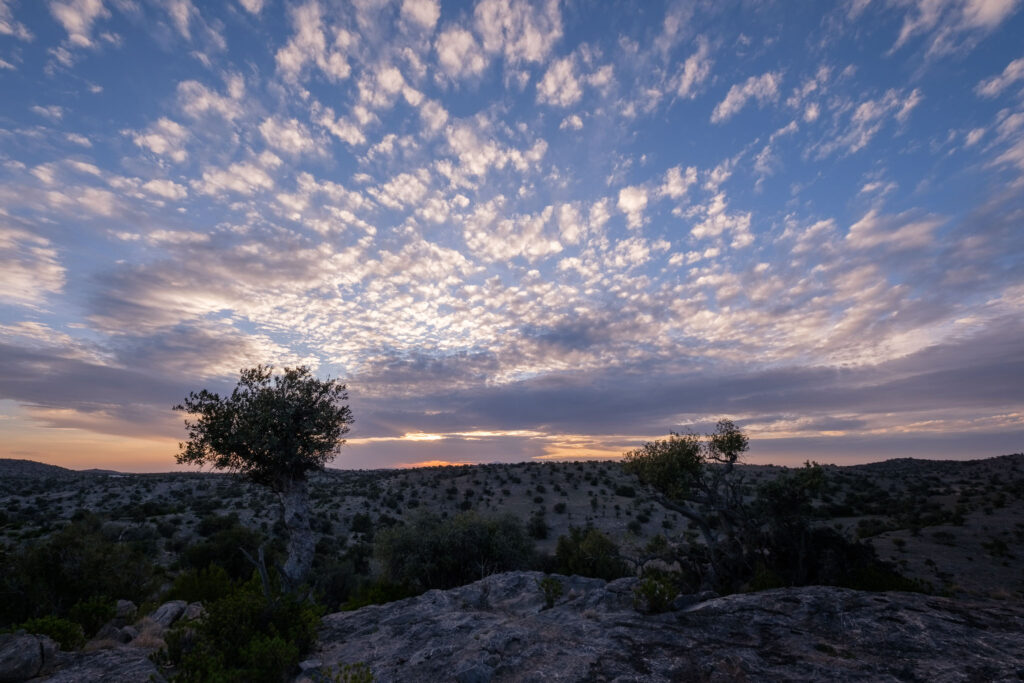
The sky is covered by clouds with the occasional sunshine break, so I am hoping that it will clear later at night, allowing me to have a good photo opportunity for star trails. This is a dark site, and it is close to new moon, so conditions are perfect. When I retired to my tent to have some sleep, the sky was still cloudy, but it cleared out around 3 am, allowing me to make a star trail for 75 minutes. The Milky Way was also prominent in the sky.
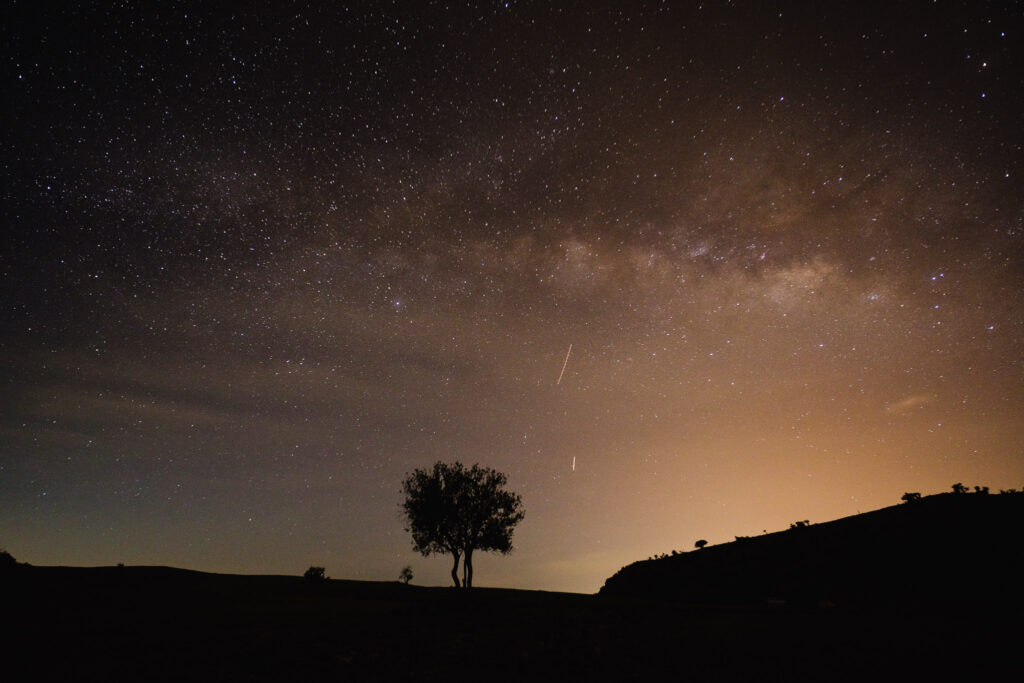
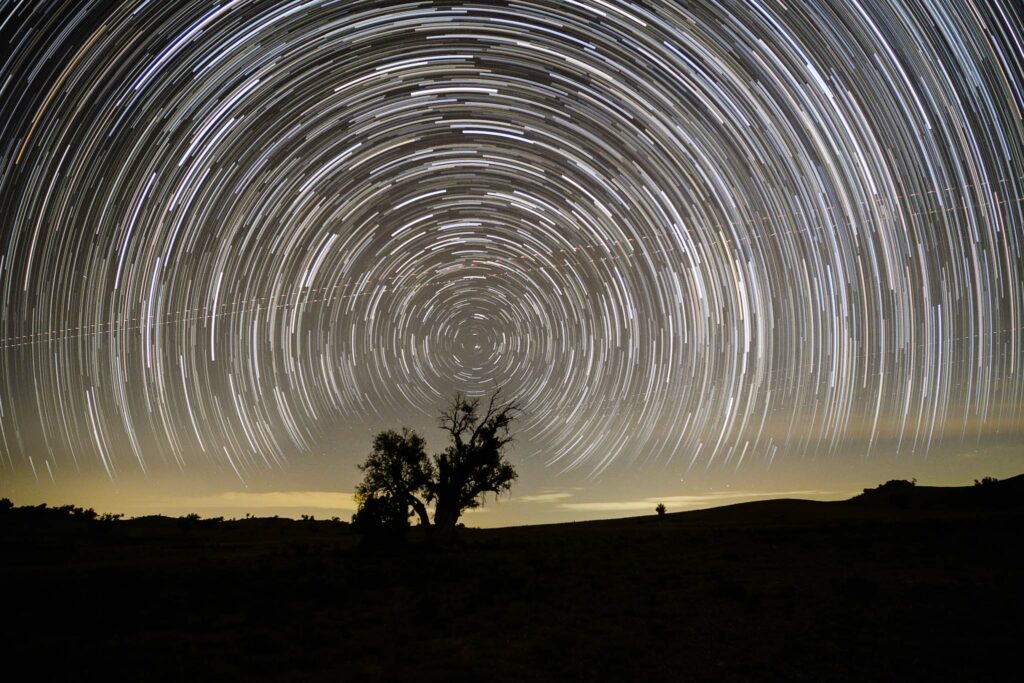
I did not have much more sleep, because I was up before dawn to photograph the sunrise. This is always a magical time in the mountains, with the first color appearing in the east. Soon the thin clouds turn pink and orange.
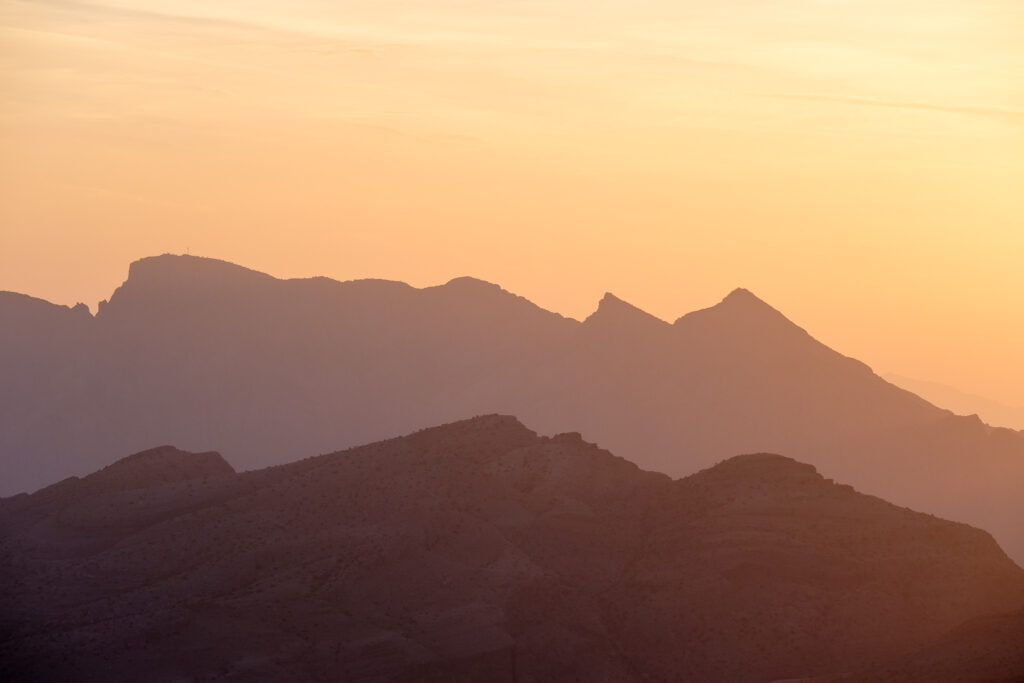
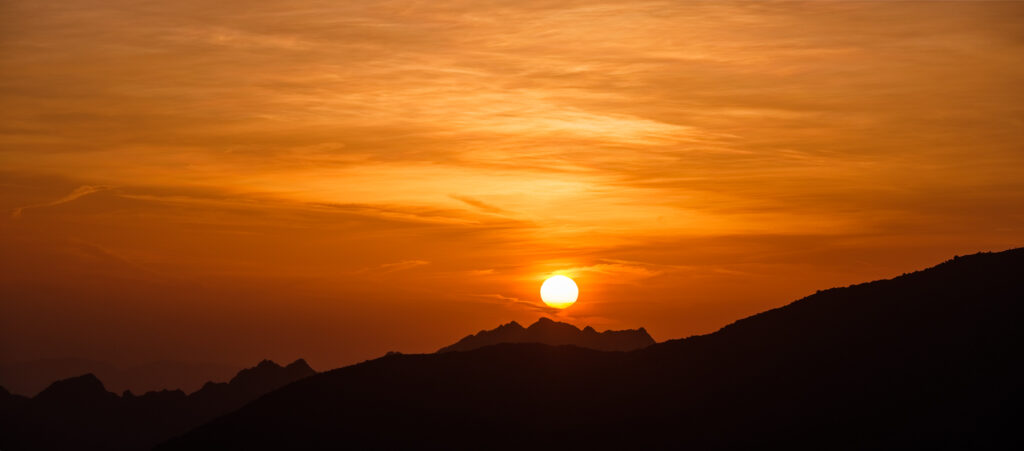
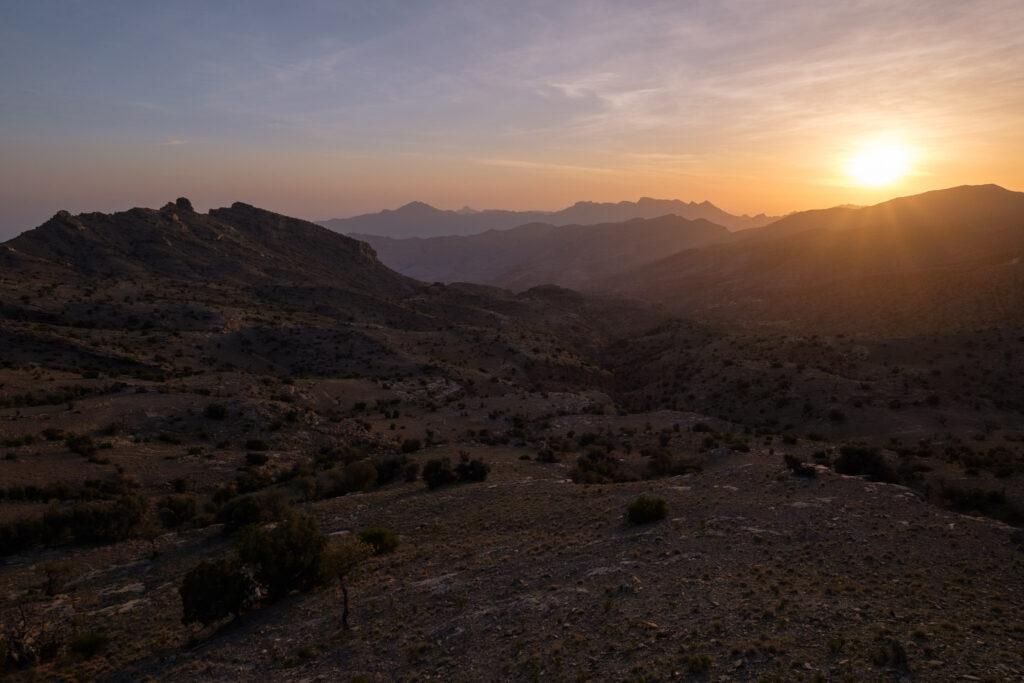
Taking advantage of the early morning light, I proceeded to photograph a few more trees and the surrounding landscape.
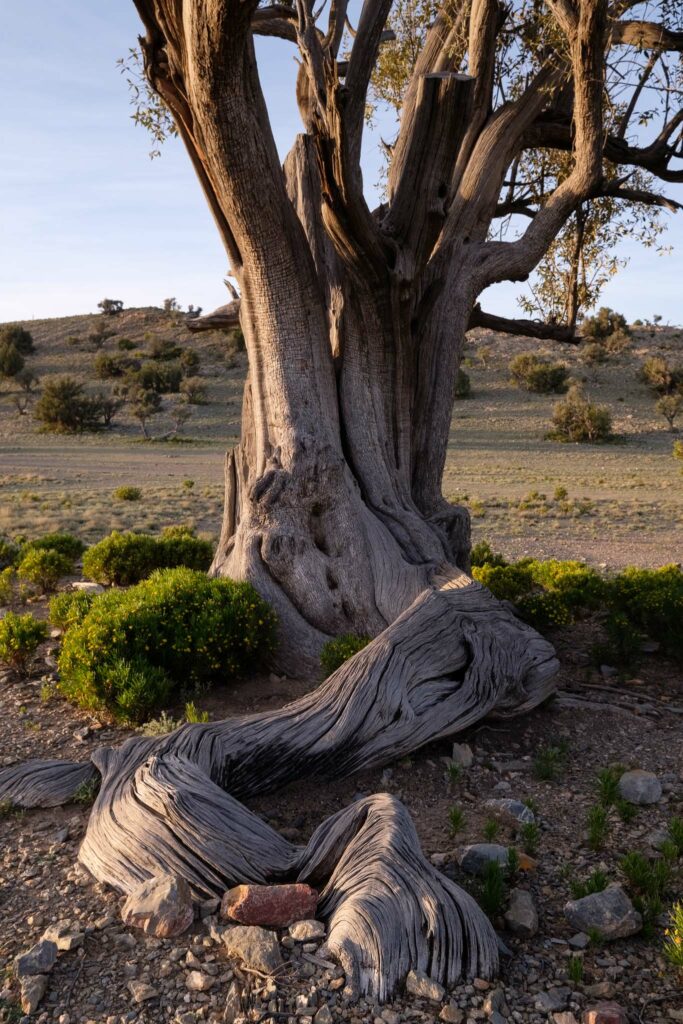
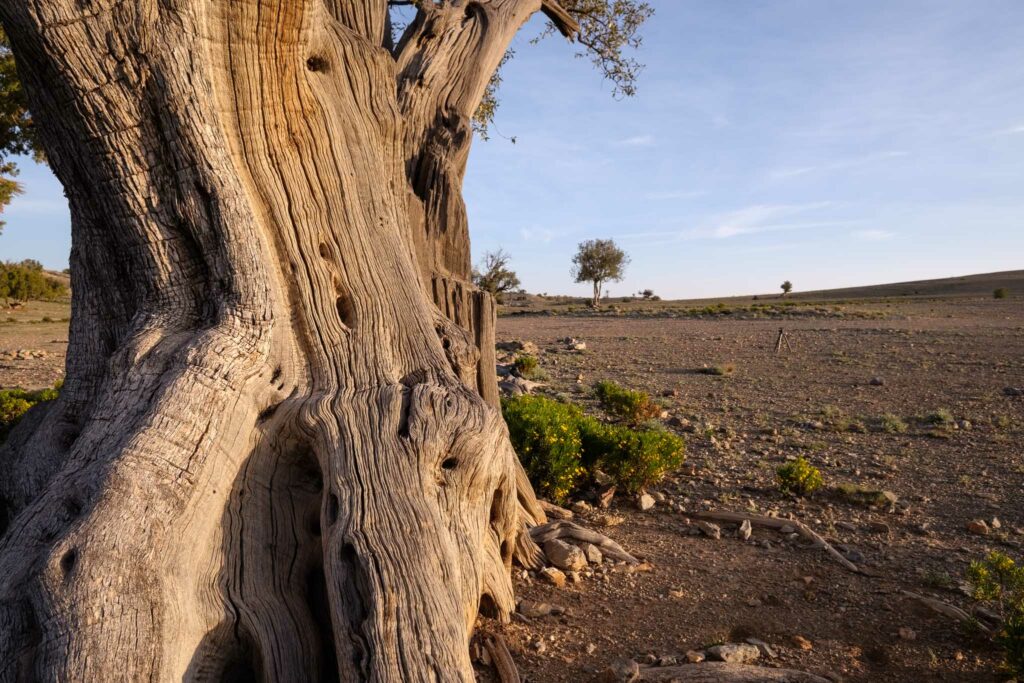
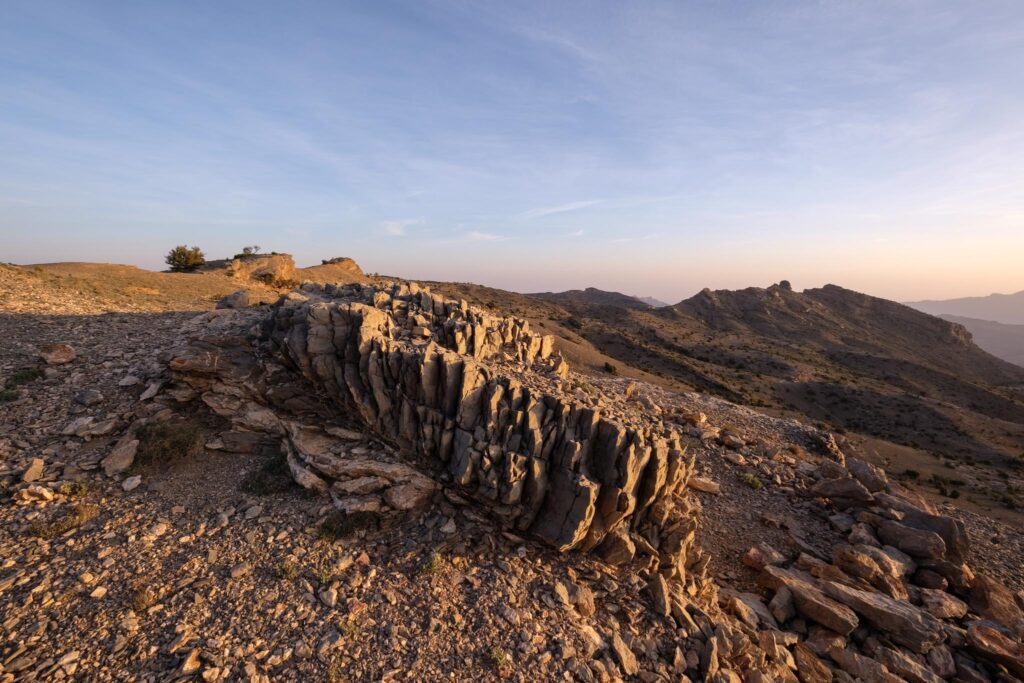
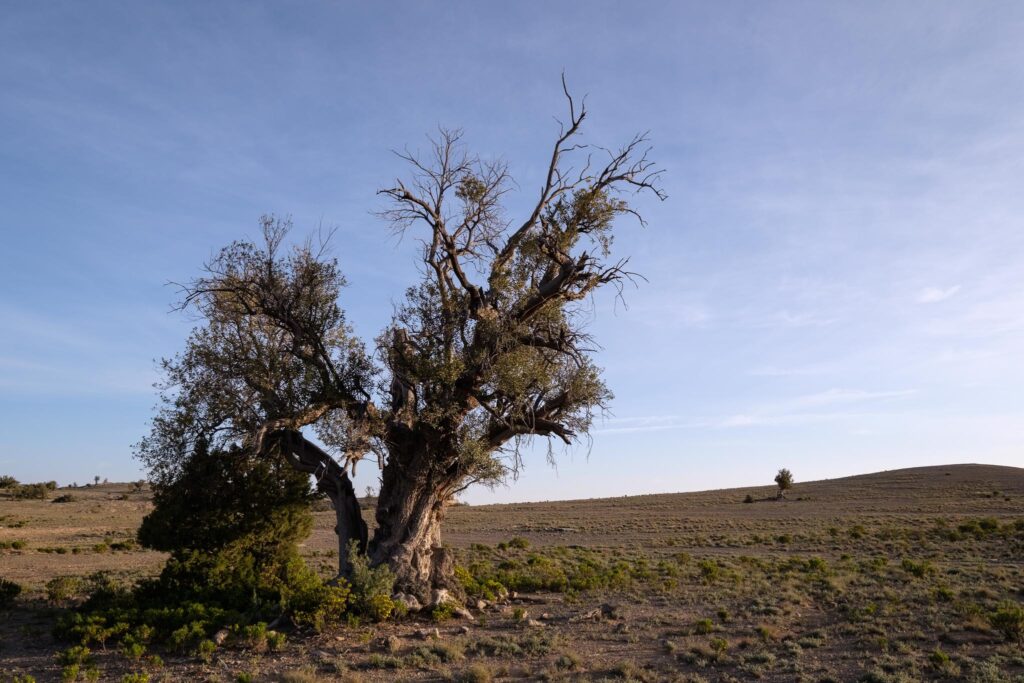
After breakfast I pack up and head for the village Al Ain to literally smell the roses. It is still early, 8 am, but the small car park is busy. Clearly, it is a popular time to visit the hanging terraces and rose gardens. The damask roses have been used to produce rose water and oil since pre-Roman times, and it is easy to understand why. They fill the terraces with their rich pink color and the air is alive with their scent. After walking along some of the gardens, I visit a local museum, where a traditional working distillery can be seen. This was a great way to end the trip, surrounded by the natural beauty of the Green Mountain, where each season offers something unique and different.
